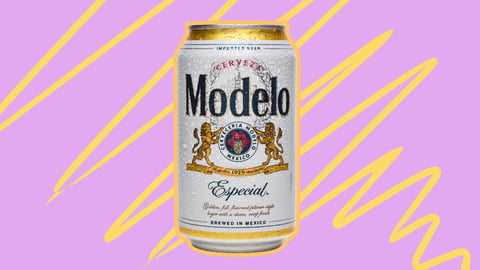Retailers Resistant to Taking Pricing Risks, Optimization Needed: Report
Promotions drove $1 trillion in sales in 2023, according to a report from Relex Solutions and Incisiv, and retailers who want to keep attracting price-sensitive shoppers should optimize their strategies by updating their technology stack.
A survey of 179 retail executives in the U.S., U.K., France, and Germany found that 37% were still using spreadsheets and other legacy systems to manage their promotions and only 12% were using AI or real-time data to manage their pricing and promotions. Retailers are resistant to taking risks that involve their pricing because it can hurt both sales and brand perception, but optimizing strategies can make it easier to quickly respond to changes in shopper behavior and market changes.
The report estimates that a technology stack capable of refining pricing and promotions in real time could drive $450 billion in incremental sales. However, implementing those solutions requires breaking down management silos to ensure that pricing and promotions are optimized together.
Improving these tactics is especially relevant since 93% of shoppers said price was important or extremely important to their purchasing decisions and 84% are seeking more value from their grocery purchases. Price sensitivity can have a lasting sales impact, with 66% of shoppers saying they’ve switched to buying private label brands and don’t plan to transition back.
Responding to Consumer Shifts
Retailers have noticed these changes in behavior, with 87% saying that economic instability and rising inflation impacted their promotional strategy and 77% needing to offer more discounts to maintain their sales volume. Without advanced tools to adjust these promotions quickly, retailers can find themselves in a race to the bottom and erode their own margins by offering increasingly deeper discounts.
While most U.S. retailers say they regularly perform a post-mortem analysis of their promotions, only 27% said they were actually confident in their ability to quantify incrementality, and only 30% said that leadership trusts their performance analysis. The biggest problem is that they lack technology capable of scenario-testing promotions, forcing marketers to make decisions based on intuition or their past practices. A closed-loop system can monitor which promotions actually worked and which cost money by discounting products shoppers would have bought anyway.
Data quality and integration are the most common issues retailers face when trying to improve their promotion or pricing strategy. However, retailers see the potential for automation to improve things in the next two years by making it easier to communicate price changes and ensure consistency across channels.






